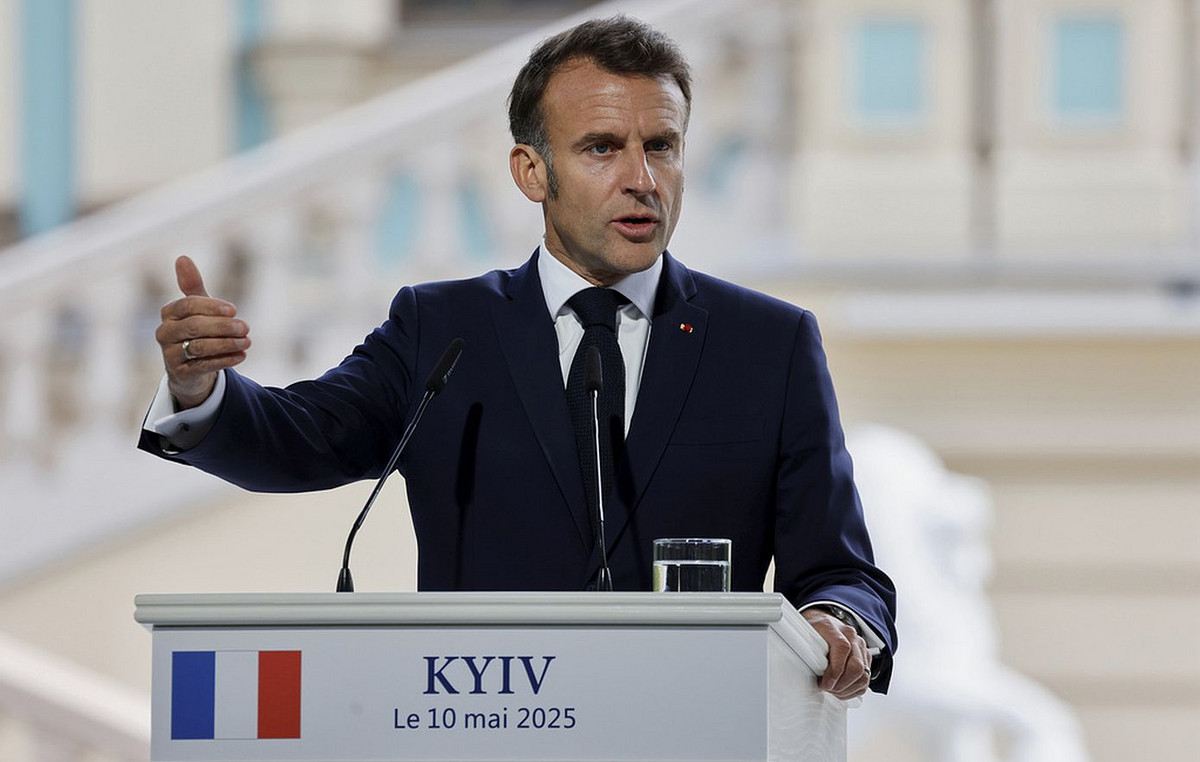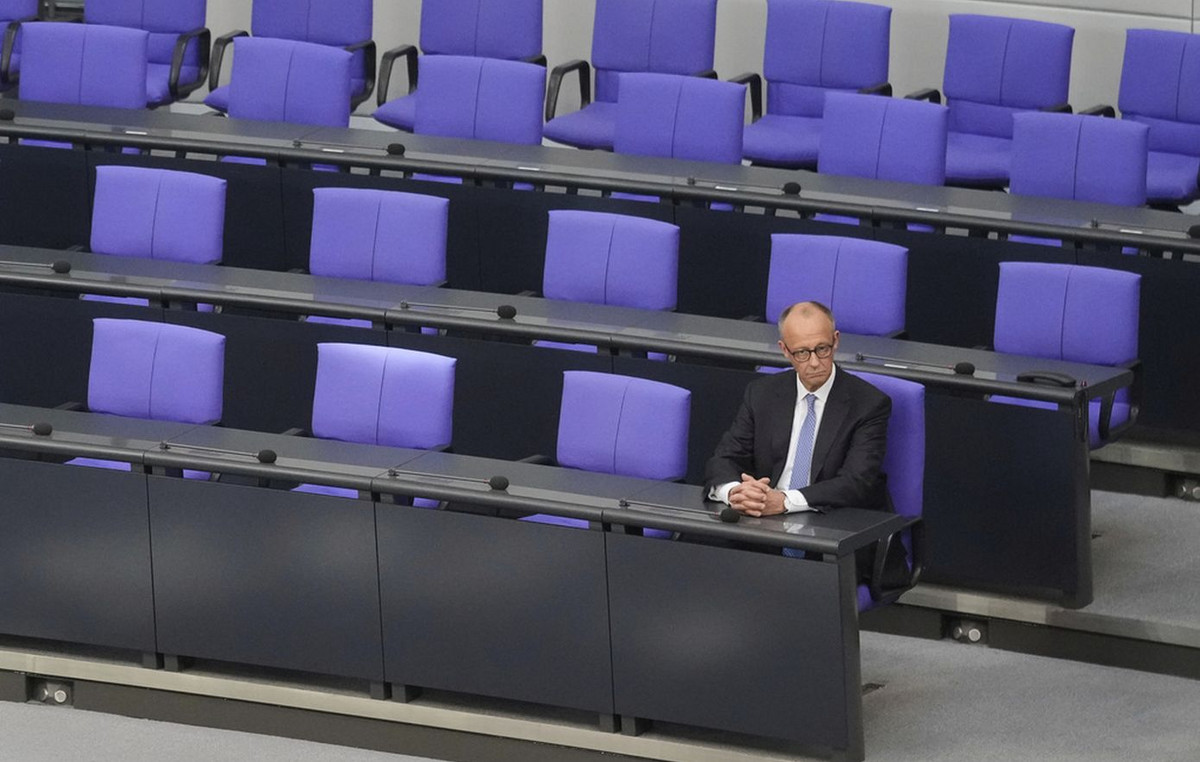- The Euro regains its balance after initial losses against the US Dollar.
- Stock markets in Europe remain on the defensive so far this Thursday.
- EUR/USD manages to rebound after bottoming near 1.0615.
- The DXY Dollar Index comes under pressure shortly after hitting new highs.
- The Fed leaves the door open to another 25 basis point rate hike before the end of the year.
- Weekly Initial Jobless Claims and the Philadelphia Fed Manufacturing Index will feature prominently on today’s US economic calendar.
- ECB President Christine Lagarde will speak later in the day.
After initially falling to new multi-month lows, the Euro (EUR) manages to trim most of the losses against the US Dollar (USD), leading the EUR/USD pair to reclaim the 1.0660 area during midday trading. old continent.
The Dollar extended its upward move and marked new six-month highs near 105.70 (as measured by the DXY index) early in the European session, as investors continued to digest the Federal Reserve (Fed) decision.
The Dollar rally, however, faded and caused a corrective move in the DXY index to 105.50, against the backdrop of a pullback in the short end of the US yield curve against the continuation of the upward movement on the belly and the long part. Meanwhile, the 10-year Bund yield regains the area of recent highs near 2.75%.
Following the hawkish stance maintained by the Fed at its meeting on Wednesday, Chairman Jerome Powell stressed that there is still a long way to go to reach the target inflation rate of 2%. Furthermore, he stated that the FOMC had decided to maintain current interest rates in light of the progress made to date, but remains willing to raise rates when it sees fit.
On the eurozone economic agenda, the preliminary reading of consumer confidence prepared by the European Commission will be published, as well as a speech by the president of the ECB, Christine Lagarde.
In the United States, initial jobless claims will be released, followed by the Philadelphia Fed manufacturing index and existing home sales.
Daily summary of market drivers: Euro finds initial support near 1.0600
- The Euro rebounds from new lows against the Dollar.
- Yields in the US and Germany advance slightly on Thursday.
- The Fed left the door open to another 25 basis point rate hike in the coming months.
- The BoE is expected to raise rates by 25 basis points.
- Markets estimate likely rate cuts by the Fed in the third quarter of 2024.
- The stagnation of the ECB’s hike cycle appears to be gaining strength.
- Joaquim Nagel of the ECB says it is not clear whether the entity has already reached the maximum rate.
- Martin Kazaks of the ECB is in favor of maintaining the restrictive stance for longer.
- The SNB unexpectedly kept rates at 1.75% (versus a planned 25 basis point hike).
- Intervention fears surround the price action around USD/JPY.
Technical Analysis: The Euro risks a deeper decline in the short term
EUR/USD reverses Thursday’s slide to multi-month lows near 1.0615, although the outlook for the pair remains bearish for now.
If EUR/USD breaks the September 14 low of 1.0616, there is a chance that it revisits the March 15 low of 1.0516 before reaching the January 6 2023 low of 1.0481.
On the bullish side, there is a minor resistance level at the September 12 high of 1.0767, followed by the 200-day SMA at 1.0828. If the pair manages to break above this level, it could pave the way for a continued recovery towards the 55-day SMA at 1.0911, with the possibility of reaching the August 30 high at 1.0945. Breaking this last level could target the psychological level of 1.1000, followed by the August 10 high at 1.1064. Further ahead, the pair could retest the July 27 high at 1.1149 and potentially reach the 2023 high at 1.1275 on July 18.
As long as EUR/USD remains below the 200-day SMA, there is a possibility that the pair will continue to suffer bearish pressure.
Frequently asked questions about the ECB
What is the ECB and how does it influence the Euro?
The European Central Bank (ECB), headquartered in Frankfurt (Germany), is the reserve bank of the euro zone. The ECB sets interest rates and manages the region’s monetary policy.
The ECB’s main mandate is to maintain price stability, which means keeping inflation at around 2%. Its main tool to achieve this is to raise or lower interest rates. Relatively high interest rates usually translate into a stronger Euro, and vice versa.
The Governing Council of the ECB takes monetary policy decisions at meetings held eight times a year. Decisions are made by the heads of the euro area’s national banks and six permanent members, including ECB President Christine Lagarde.
What is Quantitative Easing (QE) and how does it affect the Euro?
In extreme situations, the European Central Bank can launch a policy tool called Quantitative Easing. QE is the process by which the ECB prints Euros and uses them to buy assets (usually government or corporate bonds) from banks and other financial institutions. The result is usually a weaker Euro.
QE is a last resort when a simple lowering of interest rates is unlikely to achieve the objective of price stability. The ECB used it during the Great Financial Crisis of 2009-11, in 2015 when inflation remained stubbornly low, as well as during the coronavirus pandemic.
What is Quantitative Tightening (QT) and how does it affect the Euro?
Quantitative tightening (QT) is the reverse of QE. It is carried out after QE, when the economic recovery is underway and inflation begins to rise. While in QE the European Central Bank (ECB) buys government and corporate bonds from financial institutions to provide them with liquidity, in QT the ECB stops buying more bonds and stops reinvesting the maturing principal of the bonds that are already has. It is usually positive (or bullish) for the Euro.
Source: Fx Street
I am Joshua Winder, a senior-level journalist and editor at World Stock Market. I specialize in covering news related to the stock market and economic trends. With more than 8 years of experience in this field, I have become an expert in financial reporting.







